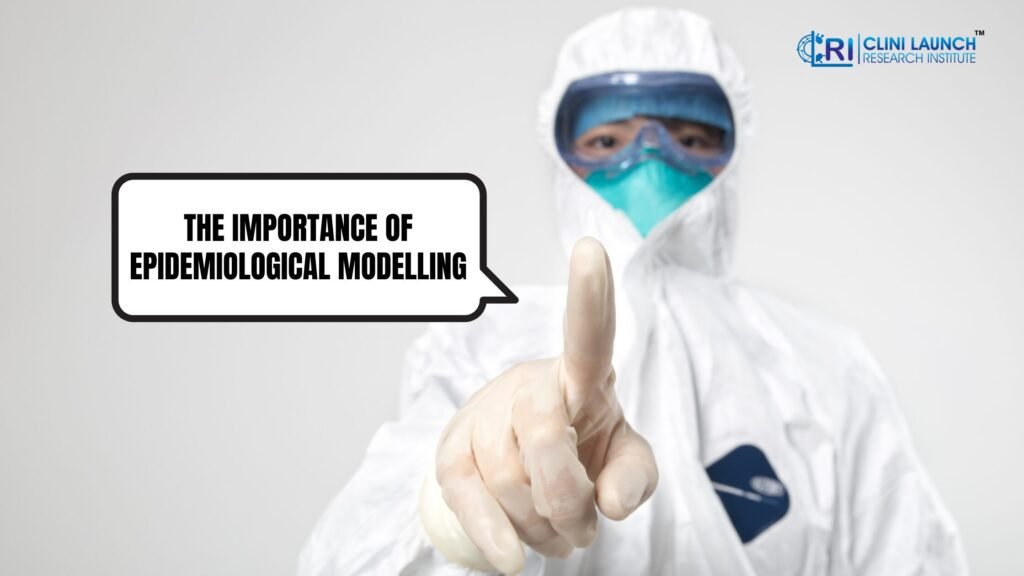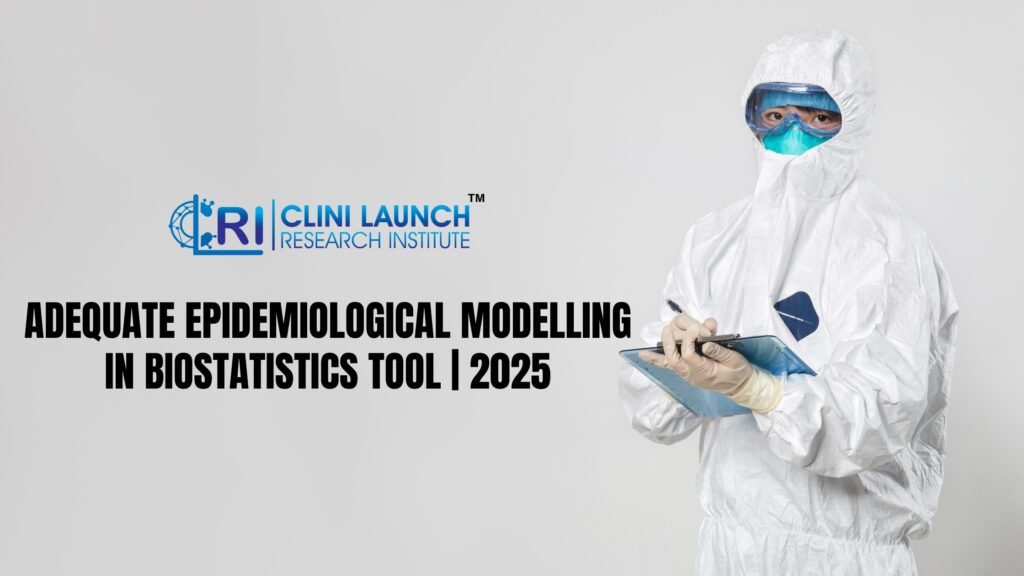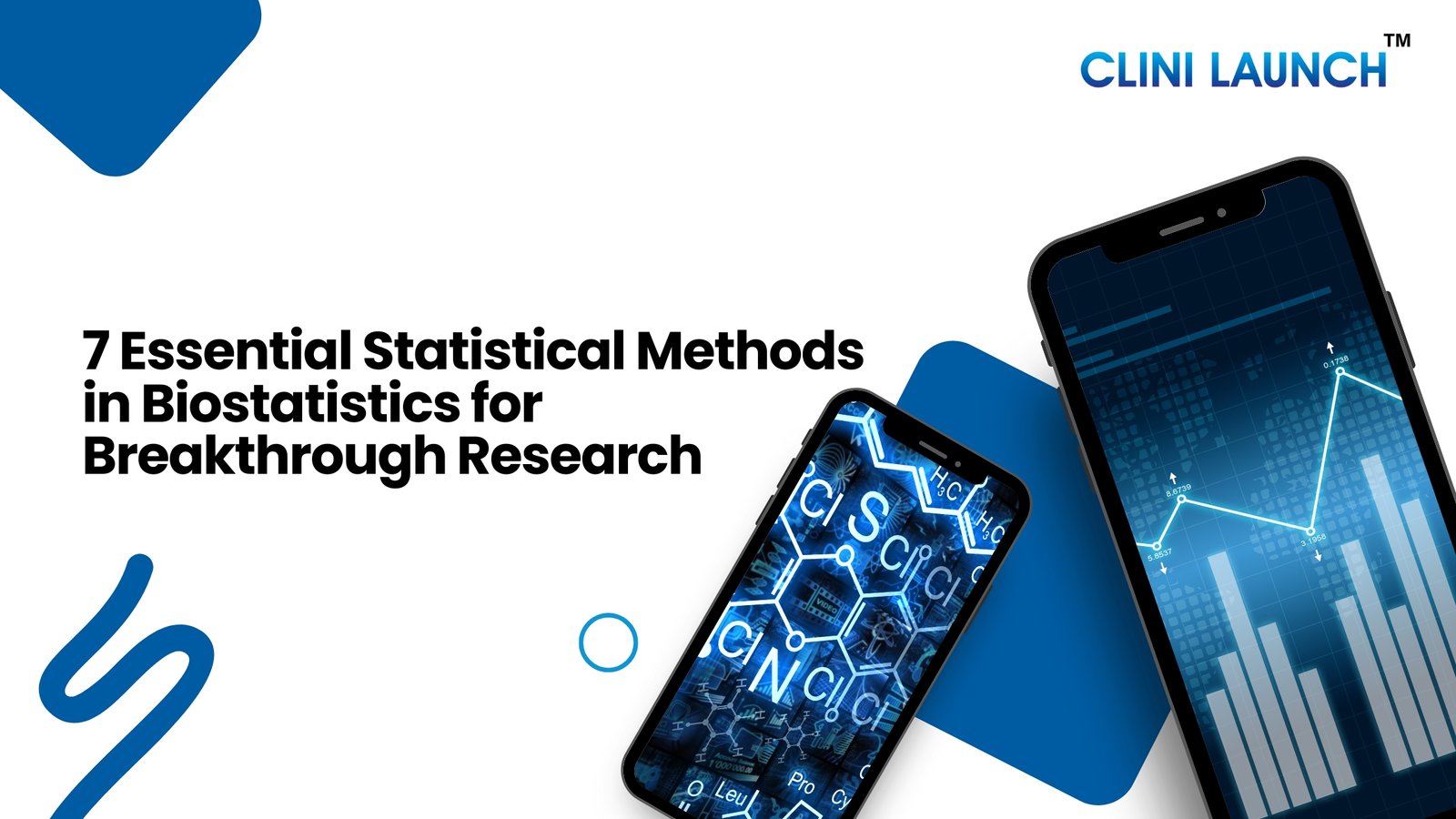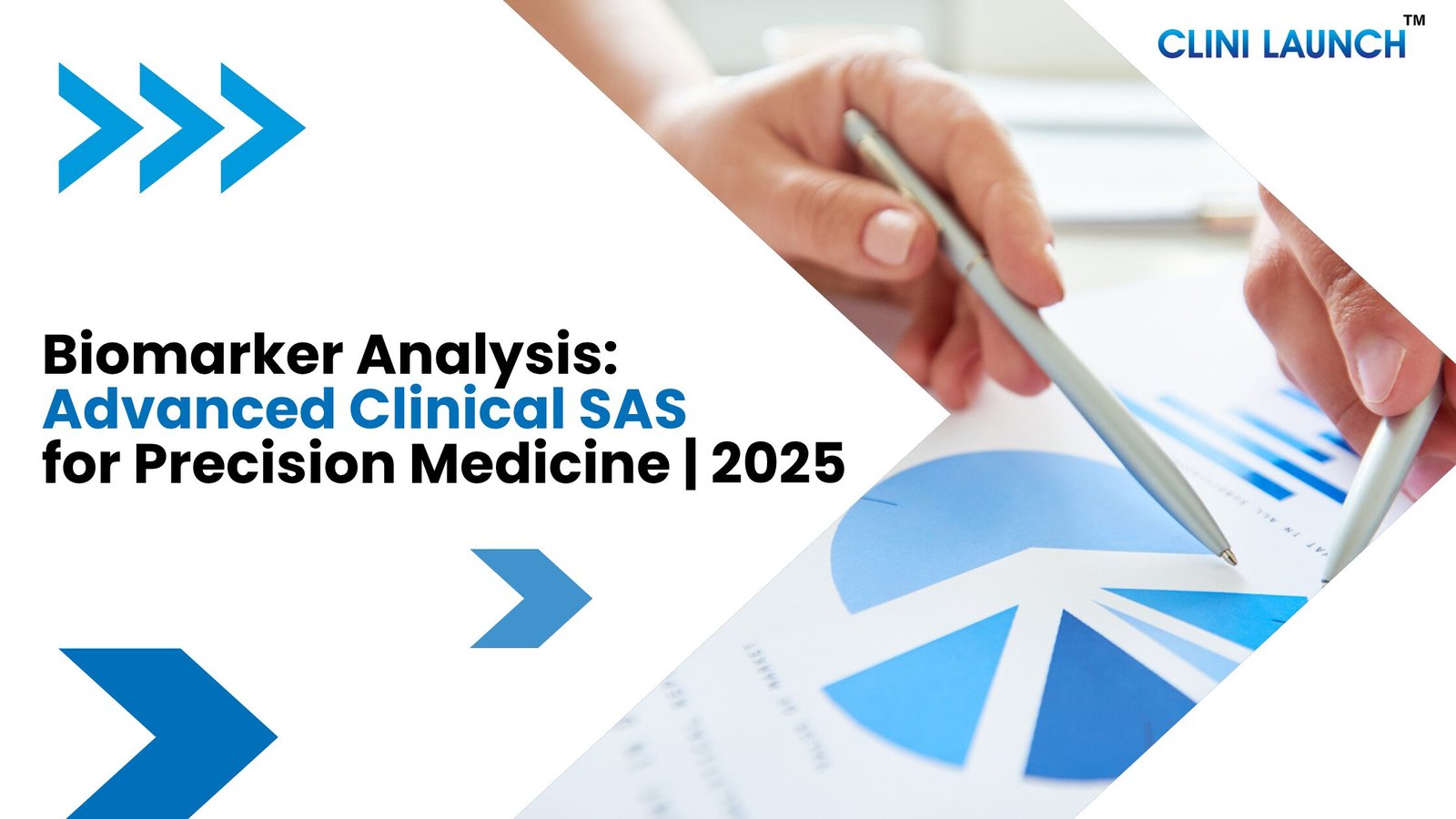Epidemiological modelling in biostatistics are specifically used to help healthcare professionals understand the way infectious disease spread throughout. It is a simplified representation of real-world phenomenon that is to be expressed in mathematical language. Healthcare professionals usually combine basic principles in the context of contact between the infectious and susceptible. It does help them understand the population characteristics to estimate infections over time. According to the University of Auckland, mathematical modelling is a powerful tool to:
- Support Impact Assessment and Planning
- Interpret Raw Epidemiological and Clinical Data Streams
- Provide Situational Awareness
- Evaluate Control Measure Effectiveness
- Compare Alternative Policy Options
These mathematical and epidemiological modelling in biostatistics provide framework for systematic thinking about the consequences based on a range of assumptions and tests with consistent empirical data. According to a report from National Institute of Health (NIH), it shows that in 2025, achieving the reduction of public health threats by 83% with new infections. This discipline will continue to evolve and provide invaluable insights into the dynamics of infectious disease and informing effective interventions.
The Importance of Epidemiological Modelling

Epidemiological models are mathematical representations of disease transmission within a population. They encompass a wide range of complexities, from simple compartmental models (e.g., susceptible-infected-recovered (SIR) models) to intricate agent-based models that simulate individual-level interactions. These models serve several crucial purposes:
- Infectious Disease Surveillance: By analyzing historical data and real-time information, epidemiological models can identify emerging outbreaks, track disease spread, and predict future trends. This proactive approach enables public health authorities to swiftly implement appropriate control measures.
- Outbreak Investigation: During disease outbreaks, these models are instrumental in investigating the source of infection, identifying high-risk populations, and evaluating the effectiveness of containment strategies.
- Vaccine Efficacy: Epidemiological models are used to assess the potential impact of vaccination programs. By simulating the effect of vaccination on disease transmission, researchers can estimate vaccine efficacy, identify optimal vaccination strategies, and predict the potential herd immunity thresholds.
- Public Health Interventions: These models provide valuable insights into the potential impact of various public health interventions, such as social distancing, contact tracing, and quarantine measures. By evaluating different scenarios, policymakers can make informed decisions about the most effective and cost-effective interventions.
Key Advances in Epidemiological Modelling in 2025

In 2025, the current scenario involves the advancement of epidemiological modelling in biostatistics and control of viruses. It includes special emphasis on epidemiological modelling along with new strategies controlling the reoccurrences of viruses. The key advancements in infectious disease surveillance can be studied from the dynamics of different viruses including the search for different modules using data-driven approaches. Following are the key advancements that have propelled the field of epidemiological modelling in 2025:
- Integration of Big Data: The availability of large-scale datasets, including electronic health records, social media data, and mobile phone location data, has revolutionized epidemiological modeling. By integrating these diverse data sources, researchers can develop more accurate and nuanced models that reflect the complex realities of disease transmission.
- Advancements in Computational Power: The increasing availability of high-performance computing resources has enabled the development and implementation of more sophisticated and computationally intensive models. This has facilitated the exploration of complex scenarios and the evaluation of a wider range of intervention strategies.
- Development of Agent-Based Models: Agent-based models, which simulate the behavior and interactions of individual agents within a population, have gained significant traction. These models offer a high degree of realism by incorporating individual-level heterogeneity, social networks, and behavioural factors.
- Real-time Data Assimilation: Real-time data assimilation techniques are being increasingly employed to improve the accuracy and responsiveness of epidemiological models. These methods allow for the continuous updating of model parameters based on the latest available data, enabling more accurate predictions and more informed decision-making.
Challenges and Future Scope of Epidemiological Modelling

Despite significant advancements, several challenges remain:
- Data Quality and Availability: Ensuring the quality and availability of reliable data remains a critical challenge. Data gaps, inconsistencies, and biases can significantly impact the accuracy and generalizability of model predictions.
- Model Uncertainty and Validation: Addressing model uncertainty and validating model predictions are crucial for building trust and ensuring the appropriate use of modeling results in decision-making.
- Ethical Considerations: The use of large-scale datasets, including personal and sensitive information, raises important ethical considerations. Ensuring data privacy and obtaining informed consent are paramount.
Future Scope of Epidemiological Modelling
- Integration of Artificial Intelligence: The integration of artificial intelligence and machine learning techniques like deep learning holds immense potential for advancing epidemiological modelling. AI algorithms can be used to identify patterns in complex data, improve model calibration, and generate more accurate predictions.
- Development of More Realistic Models: Continued efforts are needed to develop more realistic models that incorporate the complexities of human behaviour, social networks, and environmental factors.
- Improved Communication and Collaboration: Effective communication and collaboration between modellers, public health officials, and policymakers are crucial for ensuring that modelling results are effectively translated into actionable public health interventions.
Conclusion
Epidemiological modelling has become an indispensable tool in biostatistics, providing critical insights into the dynamics of infectious diseases and informing effective public health interventions. By leveraging advancements in data science, computational power, and AI, researchers are continuously improving the accuracy and utility of these models. As we navigate the evolving landscape of public health challenges, including emerging infectious diseases and global pandemics, the role of epidemiological modelling will only continue to grow in importance.
To advance your skills in the field of biostatistics, consider CliniLaunch as your one stop solution that will help you boost your career aspirations. As one of the leading biostatistics training institute in India, it will help you understand statistical methods with in-depth insights that will be applied in biomedical research. Stay ahead in the healthcare industry, Join today.






